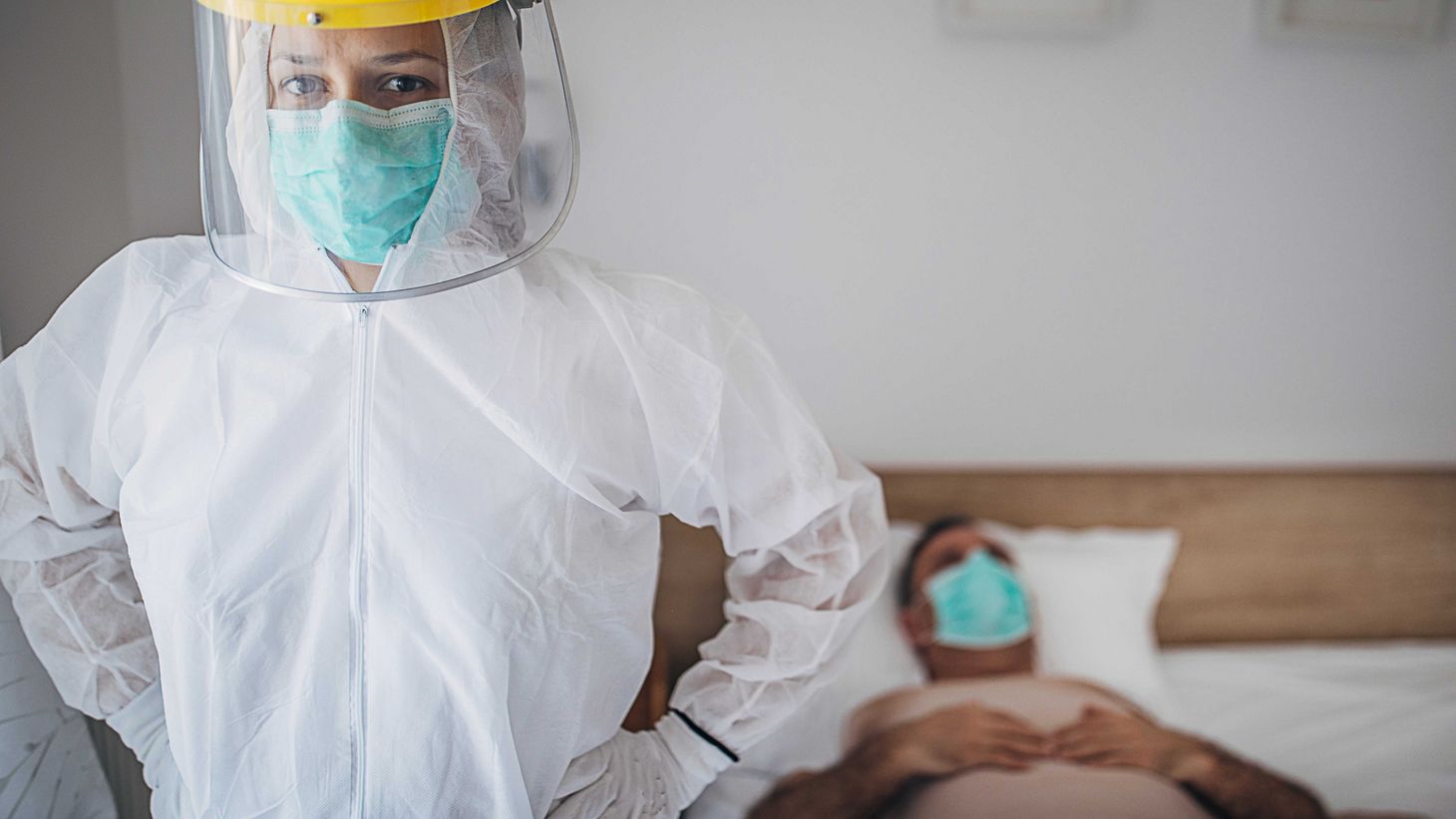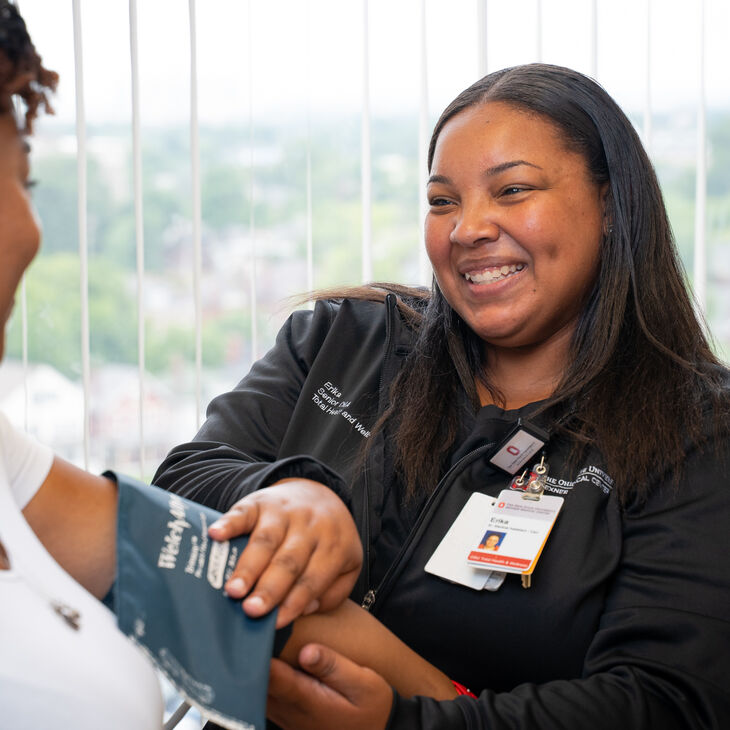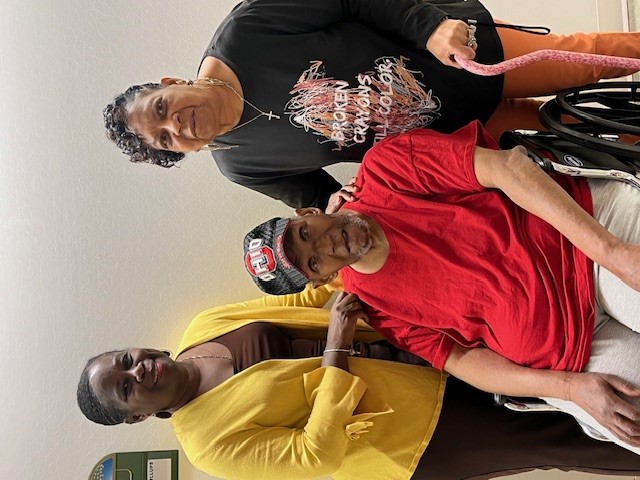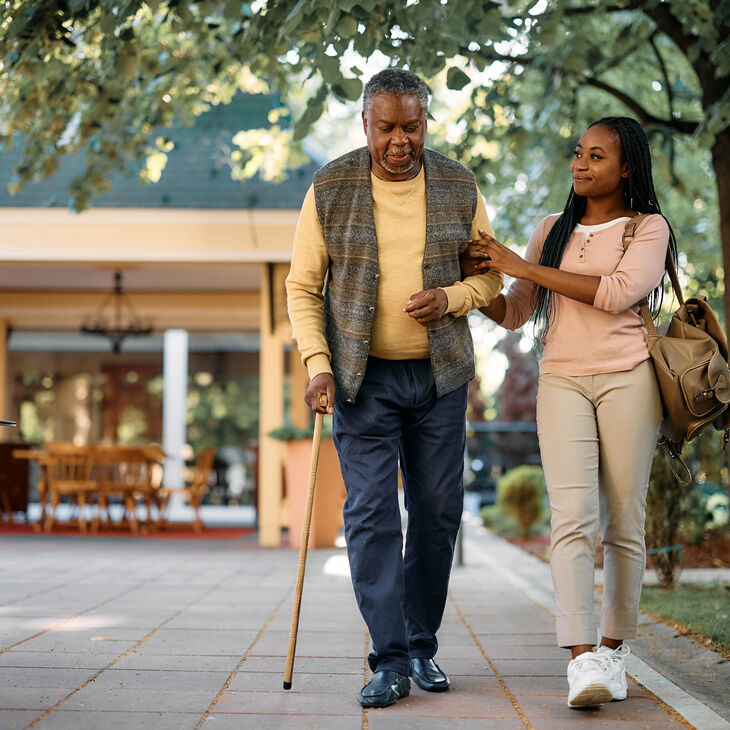by Pat Ford-Roegner
As the country turns the page to a new administration, the chaos that has defined this political cycle has unfortunately extended to pockets of our nation’s response to the COVID-19 pandemic. One of the first orders of business for the new administration is the strategy around the fair and equitable distribution of the various vaccines available to us. Not an easy task!
The Consolidated Appropriations Act 2021, H.R.133 was passed by Congress on December 21, 2020. This mammoth, year-end appropriations bill has many key provisions, including $8.75 billion to the Centers for Disease Control and Prevention (CDC) to help federal, state, local, territorial and tribal public health agencies distribute, administer, monitor and track coronavirus vaccination to ensure broad-based distribution and access. That legislation also provides $300 million for a targeted effort to reach high-risk and underserved groups – including racial and ethnic minority populations and hard-hit rural communities – and another $22.4 billion for testing, contract tracing, surveillance, containment and mitigation.
Additional money was set aside to pay the National Health Service Corp. and numerous community health centers for their critical role in providing the actual vaccine injections. The Ohio State University College of Nursing is well-positioned on this front with its Federally Qualified Health Center, the nurse practitioner-led Total Health and Wellness Center at Wexner Medical Center East Hospital.
A successful vaccine campaign requires a revitalized and well-funded public health response. And it requires massive education of the public on the value of population and public health.
But the health care delivery system is reeling from the impact of the shift in health outcomes, spending and access as a result of COVID-19. Kaiser Family Foundation (KFF) says the pandemic “is highlighting the gaps in the U.S. health system, providing an opportunity to assess and redress the system’s performance and resilience.”
Last summer, KFF, the Association of Public Health Laboratories and others called for serious investments in public health after KFF issued a report on “what it called a hollowed out public health capacity especially at the state and local levels.” In a letter to President Biden on pandemic preparedness, the Partnership to Fight Infectious Disease called for addressing both the needs of front-line workers and ways to ensure public and private sectors work collaboratively. In a recent Medscape article, Eric Toner, MD calls for a “high-level permanent federal office with the authority, political power and budget to prepare for and respond to catastrophic health emergencies … housed in the National Security Council.”
These are great challenges, and the next few months will show if we as a nation are making any progress toward meeting them. Nursing is smack in the middle of this fight to control COVID-19 through an aggressive vaccination effort and to redesign our health care system:
- In an open letter thanking all health professionals, the ANA, AHA and AMA asked each front-line worker to get the COVID-19 vaccine and share their experience with others. When the Pfizer vaccine arrived at Wexner Medical Center in December, surgical nurse Julie Bosworth said minutes after receiving her vaccine injection, "I feel proud of Ohio State that we got the vaccines, that we are all getting vaccinated this fast, and really excited to be part of this day." Ohio State’s nursing and other health science college students who interact with patients will be among the first groups vaccinated.
- Addressing President Biden’s concept of “Duty of Care,” the American Academy of Nursing announced it will focus its policy work in three areas: advance health equity and champion wellness; promote innovation and sustainability; and reduce patient, provider and system burden.
A poll by Gallup in December gave nursing a high score of 89% for the profession’s honesty and ethics. Nursing is well-positioned to make a real difference in the success of the vaccine plan and in reshaping the health system. What can each nurse and nurse leader do? My recommendations include:
- Share your experience with getting the vaccine, using whatever platform you can;
- Support local public health efforts to vaccinate diverse populations;
- Write letters to the editor, tweets, blogs or place calls to local radio programs as a nurse educator on the importance of population health;
- Communicate with your elected officials and influencers to inform them that you stand ready to offer your expertise; and
- Stay well and take care of yourself.
There is much work to be done and undone. Nursing must be at the table!
Pat Ford-Roegner, RN, MSW, FAAN has previously served as Region IV director at the U.S. Department of Health and Human Services, chief executive officer at the American Academy of Nursing and health policy expert for Amplify Public Affairs.





